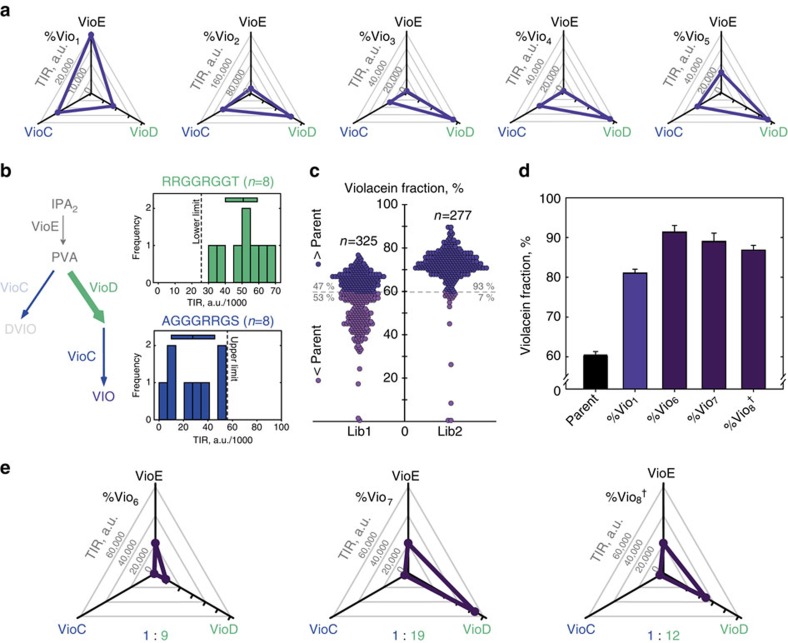Figure 5. Improved library design for high violacein selectivity.
(a) The TIRs for the clones with the highest violacein selectivity (clones %Vio1–5; prediction value according to ref. 26) from the initial library suggest a crucial role of the ratio of TIRVioC and TIRVioD in the lower stoichiometric range for high violacein selectivity, with a tendency towards a higher value for TIRVioD than for TIRVioC. (b) Graphical representation of the rationale behind the second library design by RedLibs. TIRs for VioD are uniformly distributed in the upper range of the accessible TIR space whereas for VioC the lower range is uniformly covered. (c) The resulting library was nearly exhaustively screened revealing a strong tendency to high violacein selectivity relative to the first library as well as the parent mutant (plasmid pMJ3 with unaltered RBSs, dashed line). (d) From the improved library the clones with the highest violacein purity were obtained (%Vio6–8) and analysed in detail by quantitative pigment extraction. Bars represent the average violacein fraction of four independent replicate cultures with standard deviation. (e) The RBSs of %Vio6-8 were determined and the corresponding TIRs calculated. †Please note that clone %Vio8 was independently found three times in the improved library.

